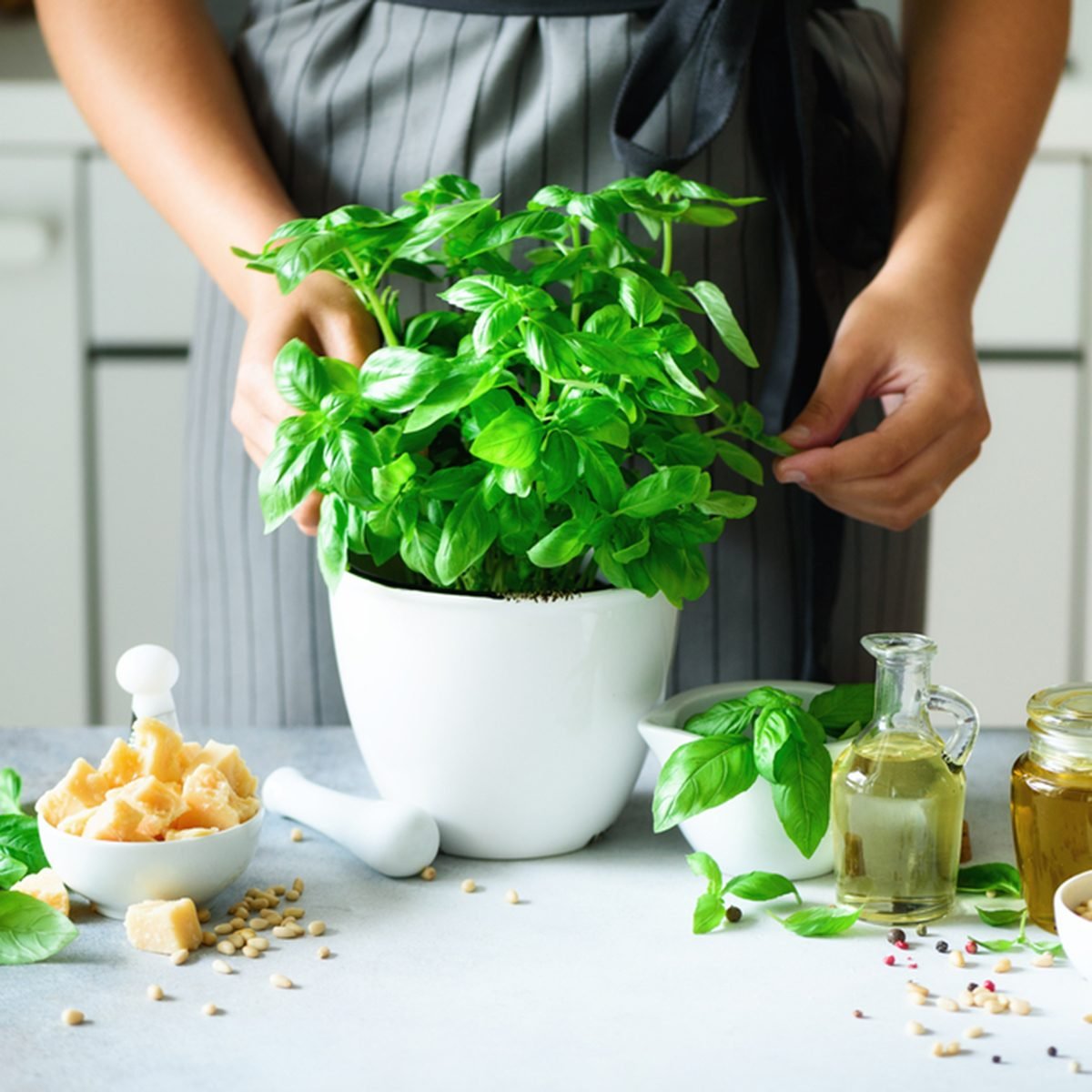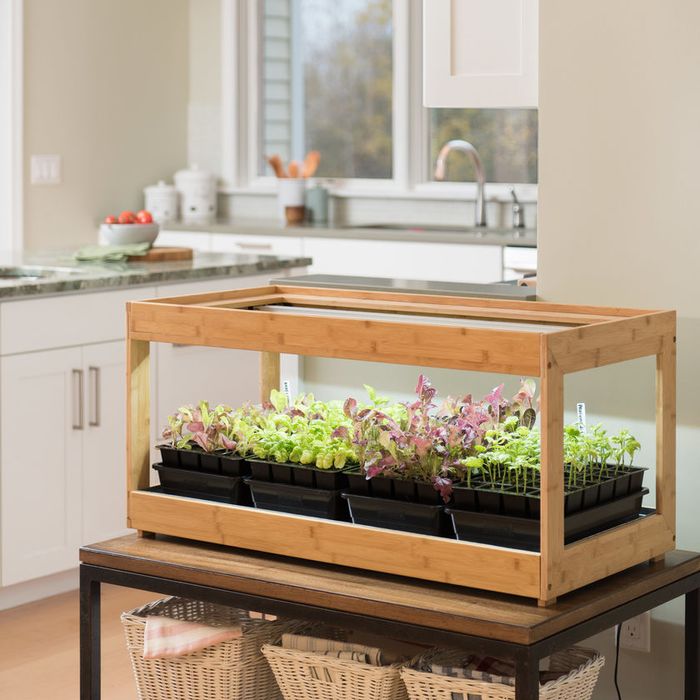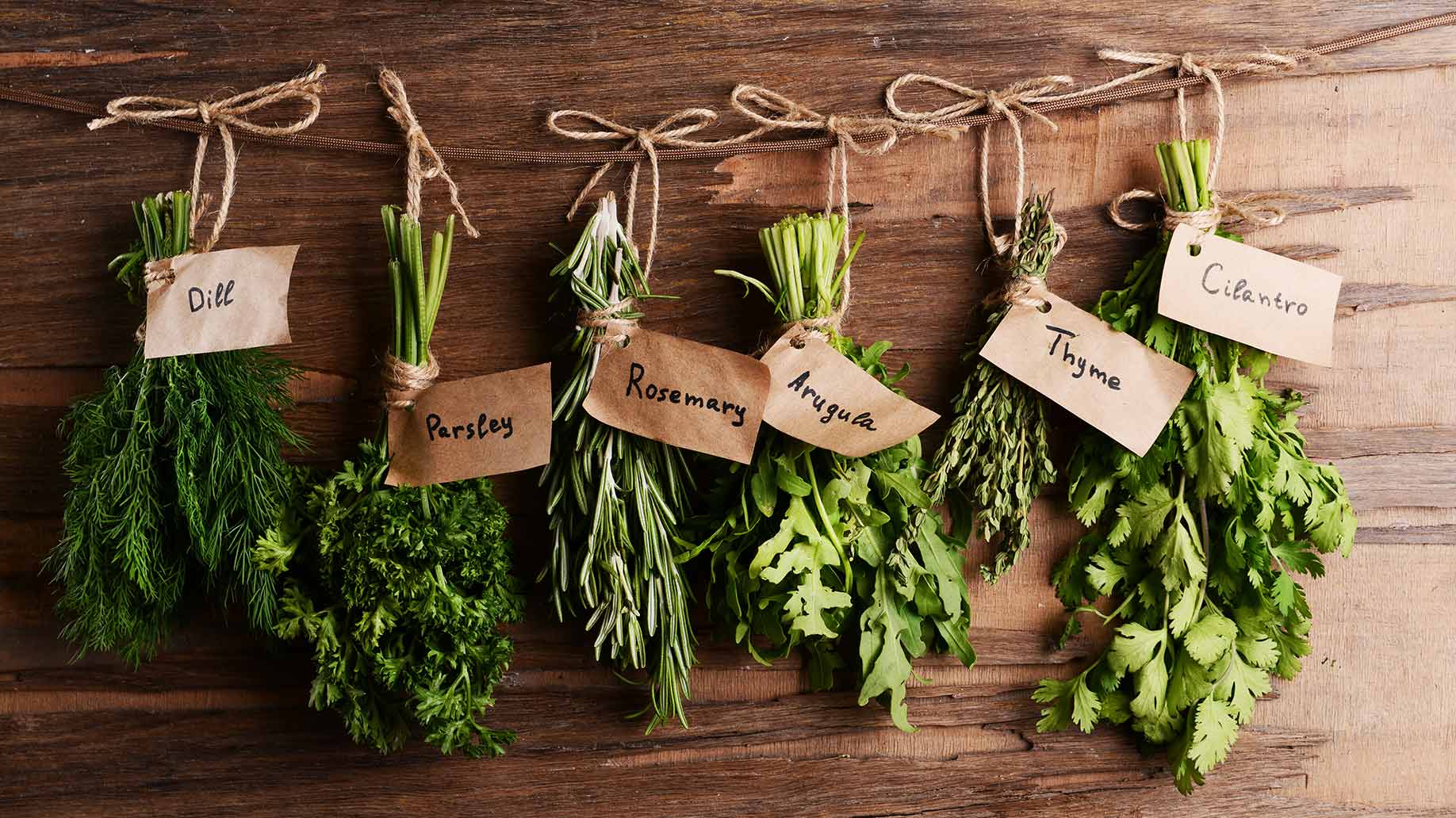Growing your own herbs indoors can be a rewarding experience, and this guide on how to grow indoor herbs for beginners will help you get started. For those of you at kratomforum.org who are interested in exploring natural remedies and holistic living, growing your own herbs is a fantastic next step. This comprehensive guide on how to grow indoor herbs for beginners will equip you with the knowledge and confidence to cultivate a thriving indoor herb garden. Learning how to grow indoor herbs for beginners can seem daunting at first, but with the right approach, it’s surprisingly straightforward.
Choosing the Right Herbs for Beginners
Successfully learning how to grow indoor herbs for beginners starts with selecting the right plants. Some herbs are much more forgiving than others when it comes to indoor conditions. Basil, mint, chives, and parsley are excellent choices for beginners because they are relatively low-maintenance and readily adapt to indoor environments. These herbs are also incredibly versatile in the kitchen, making them a practical addition to any home. Avoid more delicate herbs like cilantro or dill initially, as they can be more challenging to cultivate indoors. Mastering how to grow indoor herbs for beginners begins with setting yourself up for success by choosing the right plants.
Light Requirements: The Key to Success in How to Grow Indoor Herbs for Beginners
Light is the most crucial factor when learning how to grow indoor herbs for beginners. Herbs need ample sunlight to thrive, and indoor spaces often lack sufficient natural light. A south-facing window is ideal, providing the most direct sunlight. If you don’t have a south-facing window, consider supplementing with grow lights. These lights mimic natural sunlight and are essential for healthy herb growth, especially during shorter winter days. Understanding light requirements is fundamental when learning how to grow indoor herbs for beginners. Proper lighting is the cornerstone of success.
Selecting the Right Pots and Soil
The containers you choose will greatly influence your success in how to grow indoor herbs for beginners. Use pots that are appropriately sized for the herbs you’ve selected, allowing for adequate root growth. Terracotta pots are a popular choice because they are porous and allow for good drainage, preventing root rot. However, they also dry out more quickly, requiring more frequent watering. Plastic pots retain moisture better, which can be beneficial for beginners. Regardless of your choice, ensure your pots have drainage holes to prevent waterlogging.
The soil you use is just as important as the pots. Use a well-draining potting mix specifically formulated for herbs or vegetables. Avoid using garden soil, as it’s often too dense and can retain too much water, leading to root problems. A good quality potting mix will provide the necessary nutrients and aeration for healthy root development. Choosing the right soil and pots is a critical step when learning how to grow indoor herbs for beginners. The right combination ensures a healthy start for your plants.
Planting Your Herbs: A Step-by-Step Guide for How to Grow Indoor Herbs for Beginners
Once you have your pots and soil ready, it’s time to plant your herbs. Start with seeds or small seedlings. If starting from seeds, follow the instructions on the seed packet carefully, paying attention to planting depth and spacing. For seedlings, gently remove them from their original containers, ensuring not to damage the roots. Plant them at the same depth they were originally growing. Water gently after planting, ensuring the soil is evenly moist but not soggy. Remember, proper planting techniques are key when learning how to grow indoor herbs for beginners.
Watering Your Herbs: The Art of Balance in How to Grow Indoor Herbs for Beginners

Overwatering is a common mistake among beginners learning how to grow indoor herbs for beginners. It’s crucial to strike a balance – the soil should be consistently moist but not waterlogged. Before watering, check the soil moisture by inserting your finger about an inch into the soil. If the soil feels dry, it’s time to water. Water thoroughly until water drains from the drainage holes. Avoid letting the pots sit in standing water, as this can lead to root rot. Consistent watering is a vital skill to master when learning how to grow indoor herbs for beginners.
Providing Essential Nutrients: Feeding Your Herbs
Herbs, like all plants, require nutrients to thrive. Use a balanced liquid fertilizer diluted to half strength, following the instructions on the product label. Over-fertilizing can be harmful, so it’s better to under-fertilize than over-fertilize. Fertilize your herbs every two to four weeks during the growing season. Nutrients are a crucial element when learning how to grow indoor herbs for beginners. Proper fertilization promotes healthy growth and vibrant foliage.
Pest and Disease Control: Protecting Your Indoor Herb Garden
Even indoors, herbs can be susceptible to pests and diseases. Regularly inspect your plants for any signs of pests, such as aphids or spider mites. If you find pests, treat them promptly with an appropriate insecticidal soap or neem oil. Good air circulation can help prevent fungal diseases. Ensure your herbs aren’t overcrowded, and avoid overwatering, as these factors can increase the risk of disease. Pest and disease control are important aspects of how to grow indoor herbs for beginners. A proactive approach helps maintain a healthy garden.

Harvesting Your Herbs: Enjoying the Fruits of Your Labor
Once your herbs have reached a sufficient size, you can start harvesting them. Pinch or cut stems just above a leaf node to encourage bushier growth. Harvest regularly to keep your herbs producing. You can use fresh herbs immediately or dry them for later use. Drying herbs is a simple process – just hang the stems upside down in a dark, dry place. Harvesting is a rewarding part of learning how to grow indoor herbs for beginners. The taste of freshly harvested herbs is unparalleled.
Troubleshooting Common Problems When Learning How to Grow Indoor Herbs for Beginners
Even with the best care, you might encounter some challenges when learning how to grow indoor herbs for beginners. Yellowing leaves can indicate overwatering or underwatering, while leggy growth suggests insufficient light. Brown leaf tips may be a sign of dry air or fertilizer burn. Addressing these issues promptly is crucial for the success of your indoor herb garden. Learning how to grow indoor herbs for beginners is a journey, and troubleshooting is an essential part of that journey.
Maintaining Your Indoor Herb Garden: Long-Term Success in How to Grow Indoor Herbs for Beginners

Maintaining your indoor herb garden is a continuous process. Regularly monitor your plants for any signs of stress or disease. Rotate your plants regularly to ensure they receive even light. Repot your herbs as needed, especially if their roots become root-bound. With consistent care and attention, you can enjoy fresh herbs year-round. Long-term success in how to grow indoor herbs for beginners requires dedication and consistent effort.
Final Thoughts on How to Grow Indoor Herbs for Beginners
Learning how to grow indoor herbs for beginners is a rewarding endeavor that brings the freshness of nature into your home. With the right approach, you can easily cultivate a thriving indoor herb garden. Remember to choose the right herbs, provide adequate light, water appropriately, and fertilize regularly. By following these simple steps, you can enjoy the delicious flavors and aromatic scents of homegrown herbs all year long. The journey of how to grow indoor herbs for beginners is filled with satisfaction and the delicious rewards of homegrown produce.
5 Tags: indoor herbs, growing herbs indoors, beginner gardening, herb gardening tips, indoor herb garden
10

